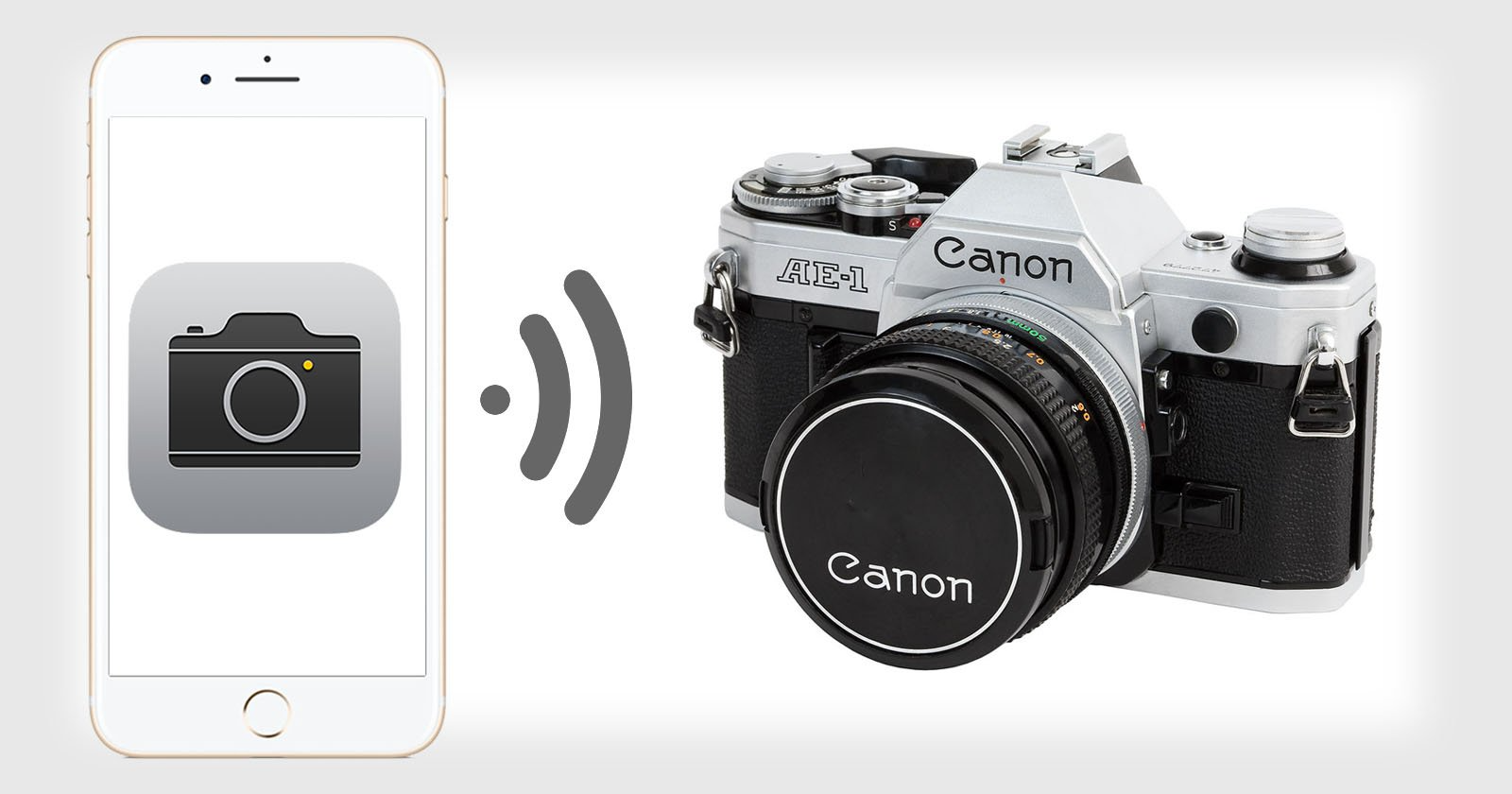The sound of a camera shutter is one of the most recognizable noises in the world. It signifies the capture of a moment in time, the sealing of a memory onto film or a digital sensor. This article will explore the origins of the camera shutter sound, its purpose, and the role it plays in both the functionality and the experience of photography.
Unveiling the Camera Shutter Sound
The camera shutter sound, that quintessential click or snap, is a signature of photography, an aural witness to the creation of an image. Despite the rise of digital imaging, the shutter sound remains an integral part of the photographic experience. This section reveals the origins and mechanics behind this distinctive sound and how it has adapted to the changing landscape of photography.
The Mechanics Behind the Sound
In traditional film cameras, the sound we associate with the shutter is actually a symphony of mechanical movements. When a photographer presses the shutter button, a series of events unfold within milliseconds: mirrors flip, shutters open and close, and film advances. The resulting “click” is not a single sound but a cascade of mechanical actions. In single-lens reflex (SLR) cameras, the mirror that allows you to see directly through the lens moves out of the way when the photograph is taken, contributing to the auditory experience. The precision and reliability of these mechanical parts are critical, as they control the exact moment and duration of the film’s exposure to light, which is fundamental to capturing a well-exposed photograph.
Although digital cameras do not require mechanical shutters to capture an image, many still use them to control the light reaching the sensor. Digital single-lens reflex (DSLR) cameras, much like their film counterparts, have a mirror that flips upon taking a picture, producing a similar sound. However, mirrorless cameras, which as the name suggests, do not have a mirror, also often include a mechanical shutter, albeit with a different, sometimes softer sound.
The Evolution of the Shutter Sound in Digital Cameras
As camera technology evolved, so did the necessity of the shutter sound. In digital cameras, especially compact models and smartphones, the mechanical noise has been replaced or augmented by artificial sounds played through a speaker. This digital replication is more than just a nod to nostalgia; it serves as audible confirmation that a photo has been taken, an important piece of user feedback in an increasingly silent electronic world.
The simulation of the shutter sound in devices that would otherwise be silent can be viewed as a testament to the enduring legacy of traditional photography. It bridges the gap between the tactile feel of film cameras and the sleek efficiency of digital devices. For many users, the sound is as much a part of the act of taking a photo as the click of a button or the framing of the shot. It’s a sensory cue that signals the capture of a fleeting moment, providing a sense of satisfaction and completion.
The shutter sound of a camera, whether originating from mechanical parts or created digitally, is a deeply ingrained aspect of photographic culture. It’s a sound that signals creativity in action, a marker of moments caught and memories made.
The Cultural Impact of theCamera Shutter Sound
The camera shutter sound has transcended its mechanical origins to become a cultural icon. It is featured in movies and advertisements, used in mobile phone cameras, and even mimicked in sound effects libraries. This section will explore how the shutter sound has become ingrained in popular culture and its symbolic significance in the art of photography.
Shutter Sound as a Symbol of Authenticity
The shutter sound is often associated with authenticity and the act of capturing “the truth.” In journalism, a rapid sequence of shutter clicks symbolizes the pursuit of a story, the documentation of reality as it unfolds. The sound has embedded itself in our collective consciousness as the auditory cue of a moment being permanently recorded.
The Role of Shutter Sound in User Experience
Beyond its functional and symbolic roles, the shutter sound also significantly impacts the user experience. It provides tactile and auditory satisfaction, completing the sensory experience of taking a photo. For many photographers, the sound is a critical part of the creative process, signaling the culmination of their vision and timing.
In conclusion, the camera shutter sound is more than a mechanical byproduct; it is an integral part of the photographic experience, bridging the gap between technology and human perception. Whether heard from the complex machinery of a DSLR or the digital simulation of a smartphone, the shutter sound remains a powerful emblem of photography’s essence.
